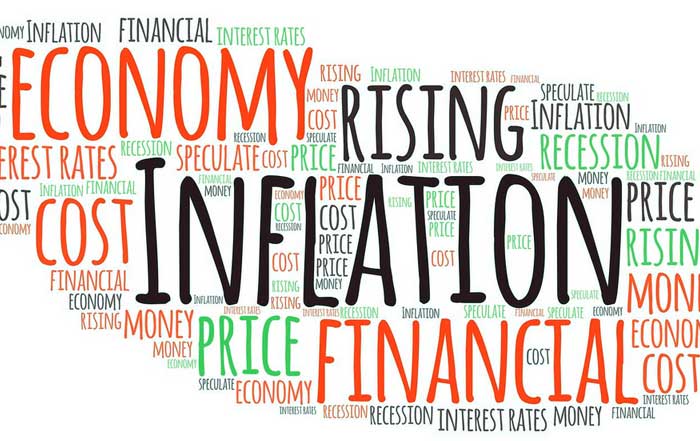Germany has emerged as a global leader in the sustainability revolution, demonstrating a remarkable commitment to integrating sustainable practices into the core of its business operations. This transformation is not merely a response to regulatory pressures or public demand; rather, it is a comprehensive strategy that encompasses innovation, collaboration, and a deep-rooted cultural commitment to environmental stewardship. German companies are pioneering efforts that not only aim to reduce their carbon footprints but also to create sustainable business models that can serve as blueprints for organizations worldwide.
The German Business Landscape and Sustainability Initiatives
The landscape of German businesses is characterized by a significant shift towards sustainability, with many companies recognizing the importance of aligning their operations with environmental goals. According to recent surveys, over 70% of German firms are aware of their carbon footprints, and approximately 54% have set concrete goals to reduce emissions. This awareness is coupled with a growing trend of establishing dedicated sustainability departments, which have increased from 36% in 2023, reflecting a serious commitment to integrating sustainability into the corporate agenda. Additionally, many companies are now required to report their sustainability efforts under the European Union's Corporate Sustainability Reporting Directive (CSRD), which mandates comprehensive disclosures regarding environmental, social, and governance (ESG) activities.
The proactive stance adopted by German businesses is evident across various sectors, from manufacturing to services. For instance, companies like Vaude, a manufacturer of outdoor and sporting goods, have embedded sustainability into their DNA, ensuring that their operations are climate-neutral and that their products are made from recycled materials. This commitment extends beyond mere compliance; it is a fundamental aspect of their corporate identity, showcasing how businesses can thrive while prioritizing environmental responsibility. Had to drop in this rad video from Vaude:
Case Studies of Sustainable Leadership
Several companies exemplify the innovative approaches being taken in Germany to lead the sustainability revolution. Vaude stands out as a model of comprehensive sustainability, having achieved climate neutrality at its headquarters since 2012. The company not only focuses on the recyclability of its products but also emphasizes the importance of repairability, ensuring that its goods can have a longer lifecycle. Furthermore, Vaude actively engages its workforce in sustainability initiatives, with 40% of its management positions held by women and flexible working arrangements that promote a healthy work-life balance.
Another notable example is ZinQ, a company specializing in galvanizing steel to protect against corrosion. ZinQ has adopted a circular economy model, which is crucial in reducing waste and conserving resources. By implementing innovative techniques to recover zinc from old materials, the company has managed to save nearly 80% of the raw materials typically required in traditional production processes. This approach not only extends the lifespan of the products but also significantly reduces the carbon emissions associated with raw material extraction and processing.
Schwörer Haus is yet another company that exemplifies sustainability in the construction sector. Awarded the Baden-Württemberg Environmental Prize for Companies, Schwörer Haus aims to achieve climate neutrality and has implemented a biomass heating plant that generates electricity while also providing sustainable heating solutions for its operations. By sourcing construction timber locally and focusing on energy-efficient building practices, Schwörer Haus demonstrates how the construction industry can contribute to sustainability goals while maintaining economic viability.
The Role of Government and Policy in Driving Sustainability
The German government plays a pivotal role in fostering a conducive environment for sustainable business practices. Through a series of robust policies and initiatives, Germany has positioned itself as a leader in environmental governance. The commitment to the Paris Agreement's climate goals has prompted the government to implement strategies aimed at reducing greenhouse gas emissions across all sectors of the economy. This includes incentives for businesses to invest in renewable energy, energy efficiency, and sustainable transportation.
Moreover, the integration of the CSRD into national law marks a significant advancement in corporate transparency regarding sustainability efforts. By requiring companies to disclose their environmental impacts and sustainability measures, the CSRD not only enhances accountability but also encourages businesses to adopt more rigorous sustainability practices. This regulatory framework is complemented by public initiatives aimed at raising awareness about sustainability, thereby fostering a culture of environmental responsibility among consumers and businesses alike.
German Business Sustainability Timeline
Challenges and Opportunities in the Sustainability Journey
While German businesses are making significant strides in sustainability, they also face a range of challenges that could impede their progress. Key barriers include the availability of skilled labor, rising energy costs, and uncertainties regarding future regulations. For instance, a recent survey indicated that 92% of German firms identified a lack of skilled staff as a long-term barrier to investment in sustainable practices. Additionally, the high costs associated with transitioning to sustainable technologies and processes can deter smaller companies from fully committing to sustainability initiatives.
Despite these challenges, the opportunities presented by the sustainability revolution are immense. The shift towards sustainable business practices is not only beneficial for the environment but also offers significant economic advantages. Companies that prioritize sustainability are often better positioned to attract investment, enhance their brand reputation, and gain a competitive edge in the marketplace. Furthermore, the growing consumer demand for sustainable products and services presents a lucrative market for businesses willing to innovate and adapt.
The Future of Sustainability in German Business
Looking ahead, the future of sustainability in German business appears promising, driven by a combination of innovation, regulatory support, and a cultural commitment to environmental stewardship. As companies continue to integrate sustainability into their core strategies, they are likely to explore new technologies and business models that further enhance their environmental performance. The rise of digital technologies, such as artificial intelligence and blockchain, offers exciting possibilities for improving supply chain transparency and efficiency, thereby reducing waste and emissions.
Moreover, the emphasis on collaboration between businesses, government, and educational institutions will be crucial in achieving sustainability goals. By sharing best practices and resources, stakeholders can collectively address the challenges associated with the transition to a sustainable economy. Initiatives that promote knowledge exchange and capacity building will empower businesses to implement effective sustainability strategies and leverage innovative solutions.
In conclusion, Germany's commitment to sustainability is not merely a trend but a fundamental shift in how businesses operate. The integration of sustainable practices into corporate strategies, supported by government policies and a culture of environmental responsibility, positions German companies as leaders in the sustainability revolution. As they navigate the complexities of this transition, the lessons learned from their experiences will undoubtedly inspire businesses worldwide to embrace sustainability as a core principle of their operations. By continuing to innovate and collaborate, German businesses are not only contributing to a greener future but also setting a powerful example for others to follow.










